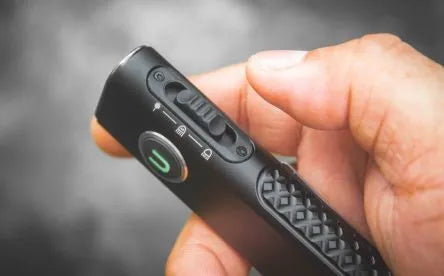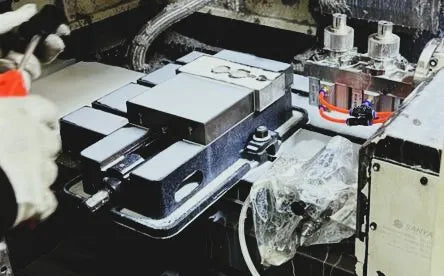Q1: Do you really offer a three-year warranty?
Battery Care
Battery History

Most historians date the start of battery development back to the late 18th century. However, some archeological finds serve as proof that they originated about 2,000 years ago. In 1983, Wilhelm Konig discovered a 5-inch pottery jar in Iraq that contained a copper cylinder and an iron rod. Upon further investigations, he concluded that this was an ancient battery.
The history of batteries and the development of battery-operated devices go hand in hand. When “Eveready” invented the first miniature batteries in the late 1950s, most of the world stopped winding watches. Alkaline batteries provided enough power to make way for portable radios, boom boxes, and toys that beep and blink. The introduction of lithium batteries opened up a whole new world of long-lasting power for high-tech devices, from digital cameras to MP3 players and handheld computers.

What does 18650 mean?
18650 indicates that the diameter is 18 mm, the length is 65 mm, and 0 stands here for a cylindrical battery.

Battery safety
If you don't plan on using your lithium battery for an extended period of time, it's important to take some precautions to ensure that it stays in good condition. First, you'll want to store the battery in a cool and dry place - avoiding extreme temperatures and humidity will help prevent water vapor corrosion. Secondly, it's best to keep the battery charged at around 40% capacity; too much or too little charge can both shorten the battery's lifespan. Finally, if you won't be using the battery for more than a couple of months, make sure to discharge and recharge it every 1-2 months to keep it in good condition.
Lorem ipsum dolor sit amet, consectetur adipiscing elit, sed do eiusmod tempor incididunt ut labore et dolore magna aliqua. Ut enim ad minim veniam, quis nostrud exercitation ullamco laboris nisi ut aliquip ex ea commodo consequat. Duis aute irure dolor in reprehenderit in voluptate velit esse cillum dolore eu fugiat nulla pariatur. Excepteur sint occaecat cupidatat non proident, sunt in culpa qui officia deserunt mollit anim id est laborum.

When your device's battery is running low, it's important to try and charge it in a timely manner. Excessive discharge can damage the lithium battery, reducing its lifespan. As per incomplete statistics, the scrap rate of lithium batteries that have been discharged by 100% is 50%. Therefore, it's crucial to take care of your device's battery to ensure its longevity.
The battery should be charged as per the battery instructions. Avoid charging for far too long as it might result in damaging the protection circuit. You should never leave a device containing a lithium battery unattended while charging.
1. Avoid using or storing the lithium battery in extreme environments, such as high temperature, high humidity, and high dust.
2. Do not subject the lithium battery to the overloaded external force.
3. Follow the environmental conditions determined by the equipment or battery instruction manual when using the lithium battery.
Traveling with Batteries – It’s Safe!
Is there a right way and a wrong way to travel with batteries? Discover some helpful tips on the best way to store, handle and care for your batteries when traveling.
Want to plan a trip? You don’t always have to leave your batteries at home. Batteries and battery-powered devices are safe to fly with if you follow these simple guidelines from the U.S. Department of Transportation:
Ensure to pack the spare batteries in carry-on baggage. In the passenger compartment, flight crews can better monitor safety conditions to prevent an incident and access fire extinguishers if an incident does happen.
Keep spare batteries in the original retail packaging to prevent unintentional activation or short-circuiting.


Place a strip of insulated tape across the battery's contacts for carrying loose batteries. You can also put each battery in its protective case, plastic bag, or package to prevent contact with metal objects, such as coins, keys, or jewelry.
Take steps to prevent crushing, puncturing, or exerting too much pressure on the battery. It can cause an internal short-circuit, resulting in overheating.
Per the U.S. Department of Transportation, “batteries pose little risk when contained inside the devices they power and that taking the battery out of the device does not enhance safety.









